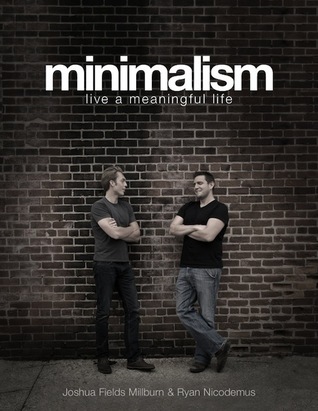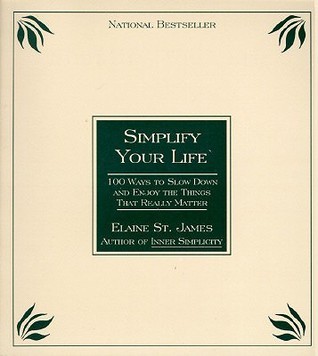
Goodbye, Things: The New Japanese Minimalism
Book Description
Amidst a world drowning in excess, one man's journey to radical simplicity ignites a revolution. Fumio Sasaki peels back the layers of consumerism and invites a profound transformation through the art of minimalism. With each item he discards, he uncovers not just space, but clarity, purpose, and joy. The allure of freedom from material possessions unfolds, revealing how to reclaim life’s essence in a cluttered existence. Discover the liberating power of letting go and a fresh perspective on happiness. What would you choose to keep if your life depended on it?
Quick Book Summary
In "Goodbye, Things: The New Japanese Minimalism," Fumio Sasaki shares his personal transformation from a disorganized, unhappy collector of stuff to a content and focused minimalist. Drawing from his own experience and the broader principles of Japanese minimalism, Sasaki explores how owning less not only declutters our physical space but also frees the mind, sharpens priorities, and enriches our lives with authentic joy. Through practical tips, philosophical insights, and heartfelt storytelling, the book offers actionable guidance for anyone wishing to simplify their surroundings and mindset. Sasaki emphasizes that minimalism isn't restrictive or austere, but rather a pathway toward greater freedom, clarity, and fulfillment in a world fixated on more. His journey invites readers to reimagine happiness by letting go of excess and focusing on what truly matters.
Summary of Key Ideas
Table of Contents
Freedom Through Letting Go
Fumio Sasaki's journey to minimalism begins with the realization that his possessions, rather than providing comfort, had become sources of stress and distraction. Inspired by the minimalist movement, Sasaki confronts his attachment to things and bravely starts discarding the non-essential. Through this process, he experiences firsthand how the act of letting go creates space—for clarity, for breath, and for new experiences. Minimalism, he discovers, isn’t just about owning fewer things; it's about granting oneself the freedom that comes with lightening one’s material burdens.
Minimalism as a Path to Clarity
As Sasaki pares down his belongings, he discovers how minimalism sharpens one’s focus on what truly matters. Without the distraction of clutter, his ability to be present, intentional, and mindful improves dramatically. The book explores how a minimalist mindset prompts deeper self-reflection, enabling individuals to find clarity in their goals and values. By focusing on essentials, Sasaki becomes more productive, appreciative, and attuned to the simple joys that once went unnoticed.
The Emotional Weight of Objects
A significant theme in the book is the emotional weight that objects can carry. Sasaki examines how many possessions are kept out of habit, guilt, or sentimental obligation. He encourages readers to identify these emotional attachments and gently question the real reasons for holding on. By releasing items tied to the past or an imagined future, one can free their emotional energy and reclaim the present, ultimately leading to greater peace and satisfaction.
Transforming Habits and Mindsets
Practical strategies for decluttering and changing habits are a core contribution of the book. Sasaki provides step-by-step advice on how to decide what to let go of, how to break cycles of consumerism, and how to maintain a minimalist lifestyle. He emphasizes that minimalism is a philosophy adaptable to individual needs—what matters is cultivating mindfulness and intentionality with one’s possessions and actions. Sasaki’s shift in mindset supports long-term change, demonstrating that simplicity is an ongoing commitment rather than a one-time purge.
Reclaiming Joy and Purpose
Ultimately, Sasaki argues that minimalism is less about deprivation and more about rediscovering joy and purpose. By releasing the compulsion for more, individuals can embrace gratitude for what they keep and the life they shape. Minimalism fosters courage to pursue personal passions, stronger connections with others, and resilience against societal pressures to accumulate. The book closes with the assurance that by saying goodbye to things, we make space for a richer, more meaningful existence.
Download This Summary
Get a free PDF of this summary instantly — no email required.





